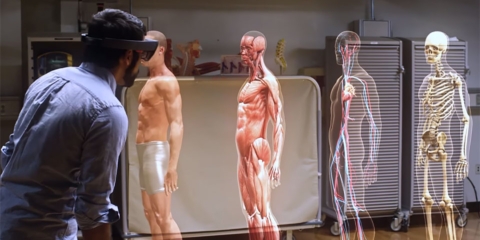Would you like to get notifications from Christian?
Tot nu toe heeft augmented reality dingen geprojecteerd in open ruimtes, of maskers of dierenoren op bewegende gezichten geplakt. Maar één kunstenaar probeert dat te veranderen. Hij wil dat zijn augmented reality-ontwerpen iets zijn wat mensen dragen in de wereld tussen fysiek en virtueel: de sociale media. In tegenstelling tot virtual reality, dat dragers van VR-headsets meeneemt naar andere werelden, brengt augmented reality digitale ideeën naar de fysieke wereld. Interieurontwerpers gebruiken de technologie om te visualiseren hoe een kamer er met meubels uit zou zien voordat ze die kopen. Grafische ontwerpers gebruiken het om maffe filters te maken op sociale-mediaplatforms als Instagram en Snapchat. Spelontwikkelaars gebruiken het om 3D avatars in het eigen huis van de gebruiker te laten spawnen. App-ontwikkelaars gebruiken het om digitale instrumenten te maken om echte structuren te meten en in kaart te brengen.
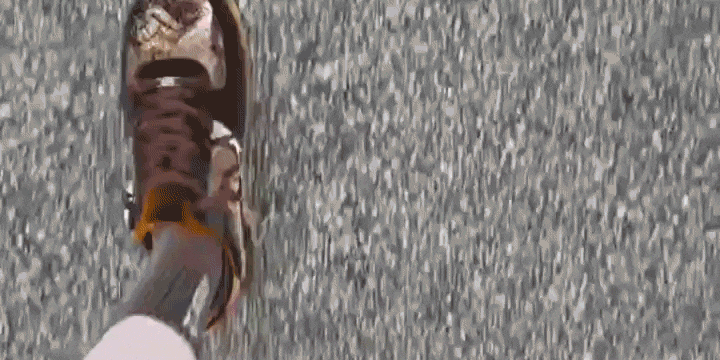
Zack Kroll, alias Bald Boy, maakt via een serie die hij SatARday noemt en die elke zaterdag loopt (vandaar de naam), AR-sneakers die hij gratis weggeeft via Snapchat. Daar kunnen gebruikers de filter gebruiken om zijn ontwerpen te "dragen". Ze blijven aan uw voeten kleven als u loopt, passen zich aan schaduwen en lichtveranderingen aan, en weerspiegelen alles wat in de buurt is. "Op dit moment zijn de AR-filters een manier om een gemeenschap op te bouwen en mensen het verband tussen de fysieke en digitale wereld te laten begrijpen," zegt hij. "Er zit nu nog geen 'koop' aan vast, maar in de zeer nabije toekomst, als ik eenmaal genoeg mensen aan de technologie heb laten wennen en enthousiast heb gemaakt over de digitale wereld, dan ga ik wearables verkopen op OpenSea en andere NFT-marktplaatsen."
"Wearables", een term die in de context van NFT (non-fungible token) wordt gebruikt om iets aan te duiden dat alleen digitale avatars kunnen dragen, bieden geen voordelen in de echte wereld. Je kunt niet rondlopen met je nieuwe NFT sneakers. Zeker, je kunt ze implementeren in sommige apps om op je sociale media profielen te posten, maar Kroll's bestaande project is naar mijn mening een betere kijk op de toekomst van digitale mode.
Christian is a futurist and trendwatcher who speaks about the impact of exponential technologies like AI on organizations, people, and talents. Christian tailors his presentations to your audience's specific industries and needs.
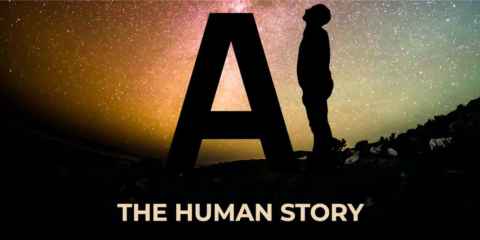

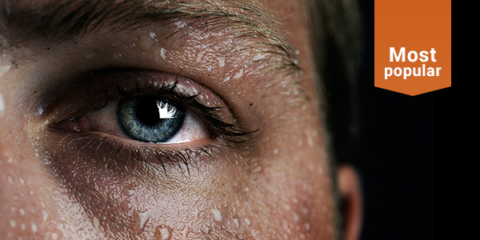
Our world is changing at an exponential rate! A big tidal wave of digital transformation and disruption is coming at us fast. Many organizations see this wave as a threat and experience stress, but there are also organizations that just see this wave as an opportunity.

Imagine sitting with just 10-15 fellow executives at a premier location, gaining clarity on the impact of AI on your industry while enjoying an exquisite dining experience. These are not just meetings—they are transformative moments that will shape the future of your organization



In the future, 3D printing and generative design will allow for products to be designed in a more decentralized manner, and production will take place closer to the customer and fully on-demand. 3D printing technology will also allow for more customization and personalization of products.


The agricultural industry is ripe for disruption. Robotics, AI, and IoT are all technologies that have the potential to radically transform the way we grow food. In combination with vertical farming, these technologies could increase the efficiency and quality of agricultural products.

A human-centered society is one that puts people first and where technology is used to unite and empower people. It is a society that values biological life and dignity above all else. It is a society that recognizes the importance of human relationships and works to strengthen them. In a human-centered society, all members of the community are valued and treated with respect.
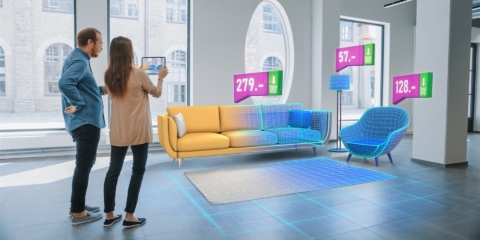
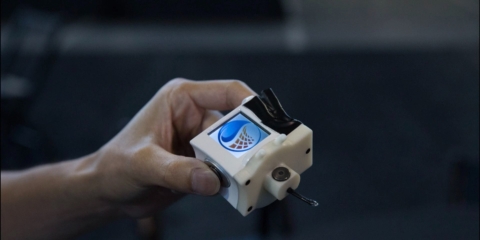
The future of healthcare is here. New technologies like AI, IoT, big data, and smart sensors make it possible to become the CEO of your own health. Imagine that your phone can listen to your voice and AI algorithms can detect small nuances in the tone of your voice that indicate specific diseases.
